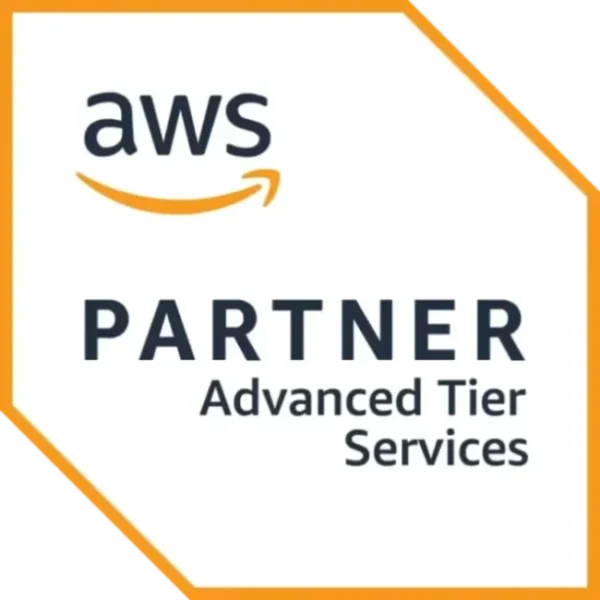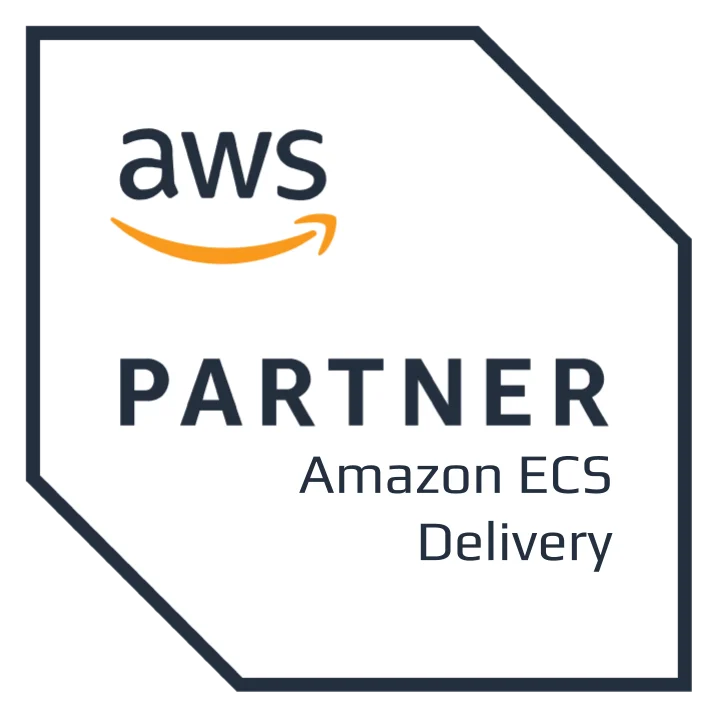Application Modernisation
The right architecture frees organisations to scale faster, and accelerate more quickly and safely, whilst mitigating complexity.
Lift & shift can result in poor performance and inflated costs.
A more effective strategy is to re-platform or refactor to cloud-native services.
Identifying the right time to modernise is essential. Common indicators include; difficulties scaling to meet demand, slow or error-prone feature development, extended testing and QA cycles, and challenges with data management or regulatory compliance.
Break free from monolithic bottlenecks. Enable faster releases, pay-per-use efficiency, and continuous innovation with strategic cloud modernisation.
Benefits
Cost Efficiency
The pay-for-value pricing model drastically reduces operational and maintenance costs, eliminating unnecessary overhead and undifferentiated work.
Modern Stack
The result is a high-performance, AWS-native application built with Infrastructure as Code, CI/CD, and strong test coverage, ensuring agility and reliability.
On-Demand Scaling
Modernising to AWS Serverless ensures automatic scaling of resources and costs based on actual usage, providing flexibility and cost-effectiveness.
Risk Reduction
We reduce risk by leveraging pre-validated modernisation patterns and expert guidance from experienced cloud architects.
Innovation at Speed
Modular architecture reduces the risk of changes in individual services, enabling more frequent updates, less maintenance, and more time for experimentation.
Upskill Your Team
We collaborate with your engineers, transferring knowledge and empowering your team to manage and evolve the modernised application independently.
Collaborative Modernisation
We believe in collaborative transformation. That means collaborative modernisation too. Working as one team, our serverless architects blend cloud-native excellence with your domain expertise, crafting practical pathways that respect your current investments while building tomorrow’s applications together.
Serverless offers a way forward.
Discover why large enterprises are leveraging serverless technologies to modernise their applications.






